The ancient Roman city near Naples in southern Italy has been buried since the eruption of Mount Vesuvius about 2,000 years ago.
Volcanic ash released by Mount Vesuvius settled on most of Pompeii's houses, leaving them almost completely preserved, as well as many of the bodies of the approximately 3,000 people who died in the disaster.
Watch: Archaeologists talk about the new discovery in Pompeii
Archaeologists have been working for years to discover what lies beneath the ruins. Because a third of the city remains hidden under volcanic ash, gems continue to emerge occasionally, as they do now.
After a year of searching, archaeologists discovered a banquet hall they called the “Black Room.” The room is located in a former private house on Via di Nola, one of the largest streets in Pompeii.
The Black Room in Pompeii has an area of more than 80 square metres.
Photo: Belga
The room did not steal its name. According to archaeologists, this color reduced visual damage caused by smoke deposits produced by oil lamps. The room's floor is covered with more than a million white mosaic tiles providing a stunning contrast.
Black walls were chosen because smoke deposits from oil lamps were less noticeable.
Photo: Belga
“People gathered here after sunset to celebrate. The dim light of the oil lamps made the statues seem to be moving, especially after a few glasses of good wine,” explains Gabriel Zutstriegel, director of the Pompeii Archaeological Park, as an additional reason.
Frescoes from the Trojan era
The images Zochtregel talks about are excellently preserved frescoes that tell us more about the Trojan era.
The first fresco shows the priestess Cassandra with the god Apollo. It is clear that he is trying to seduce Cassandra in the fresco, but the legend shows that she is unhappy. As punishment, Apollo makes sure no one listens to Cassandra's predictions.
The god Apollo attempts to seduce the priestess Cassandra (in vain).
Photo: Belga
However, she was the one who predicted that the meeting between Prince Paris and Helen of Troy would lead to disaster. The second fresco shows that meeting. According to legend, this was the cause of the Trojan War in the 12th century BC.
The first meeting between Helen of Troy and Prince Paris.
Photo: Belga
A third fresco in the Black Room depicts Leda, mother of Helen of Troy. A fourth fresco, barely visible through the volcanic ash, shows a female figure who appears to be holding a plate.
Maintenance of wall paintings
The frescoes were found to be in exceptionally good condition. “Maybe because they were buried very soon after the painting,” archaeologists say.
Leda, mother of Helen of Troy.
To ensure that new finds are protected, archaeologists must act quickly. They filled the room with scaffolding so the walls wouldn't collapse.
So some frescoes will remain on the wall. They are protected by injecting gypsum glue into the back to prevent them from separating from the walls.

“Creator. Award-winning problem solver. Music evangelist. Incurable introvert.”





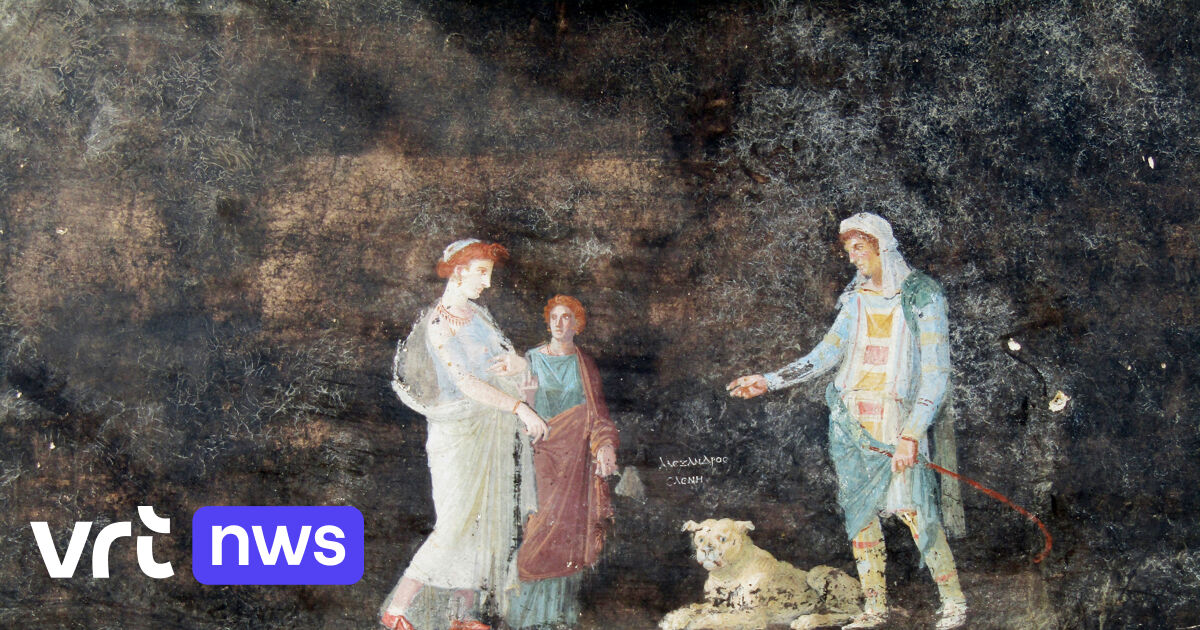
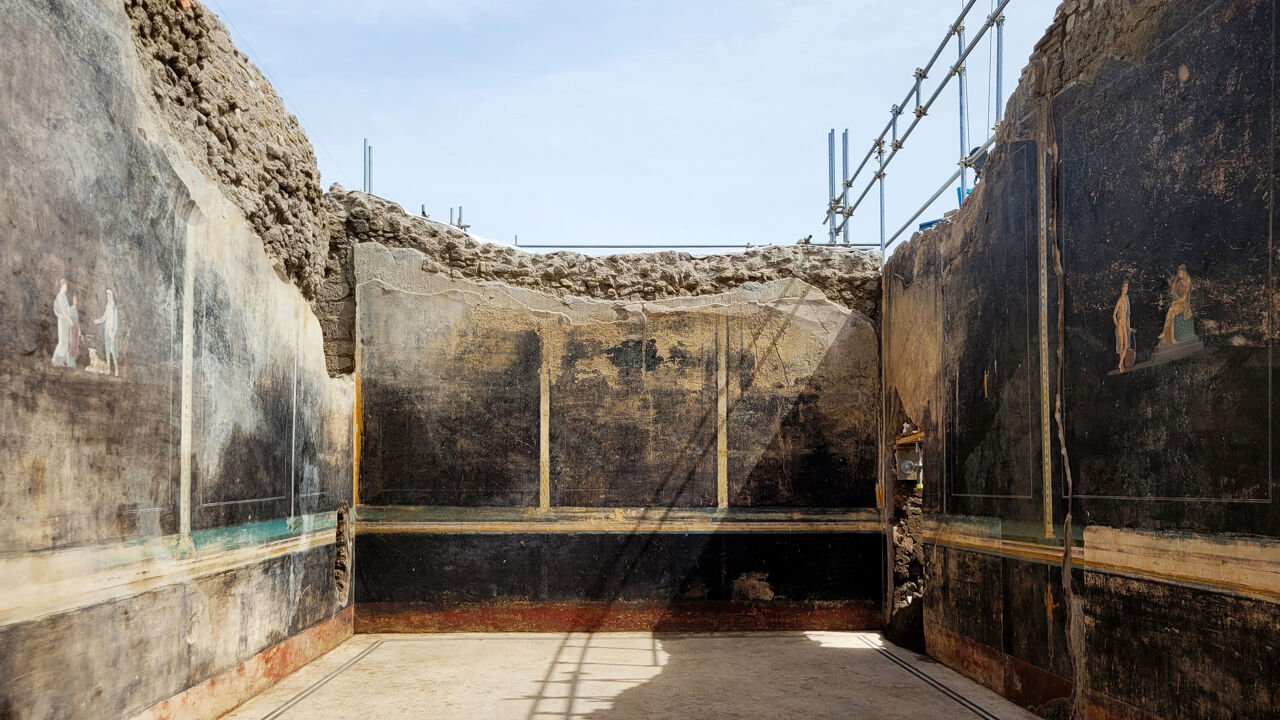
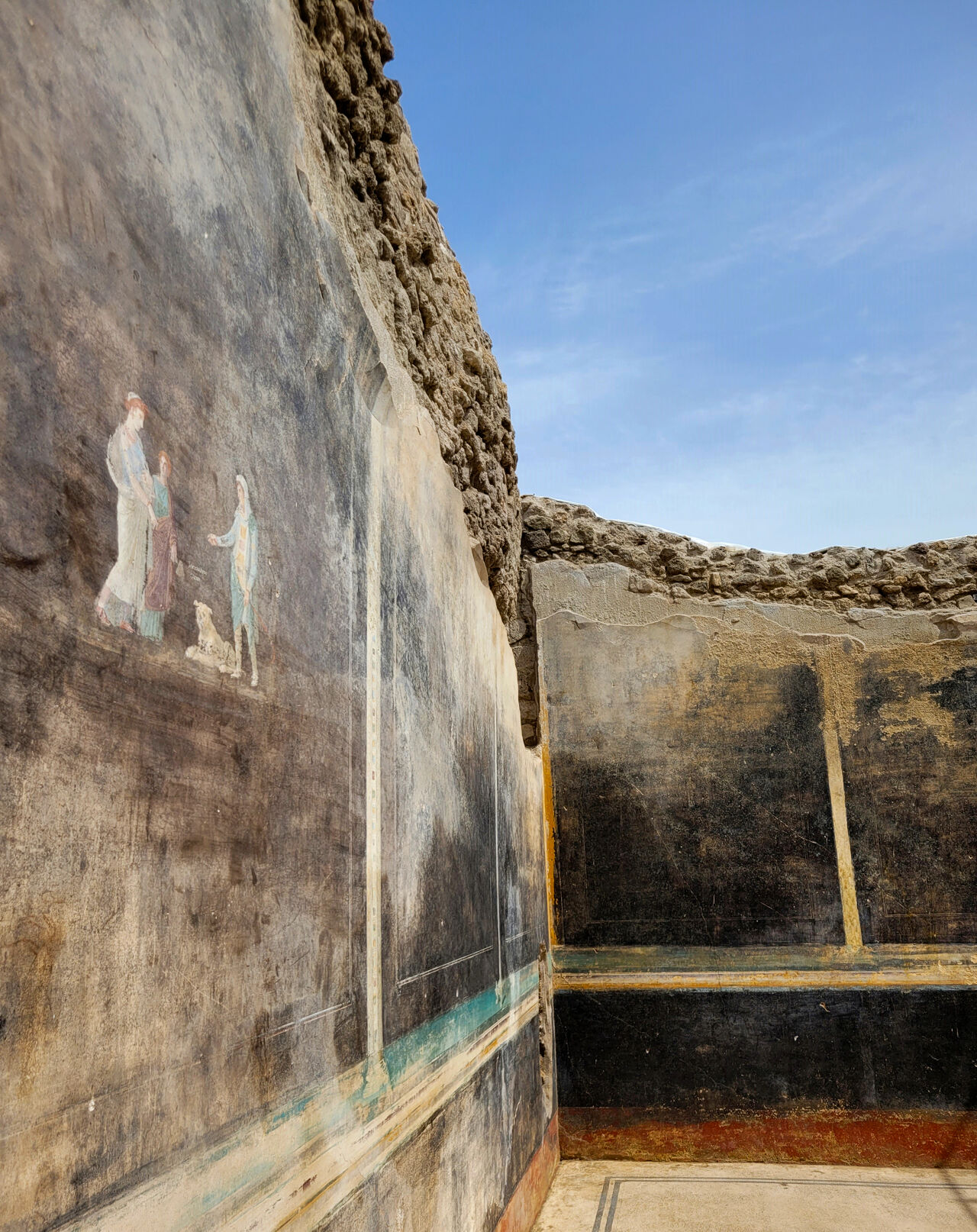
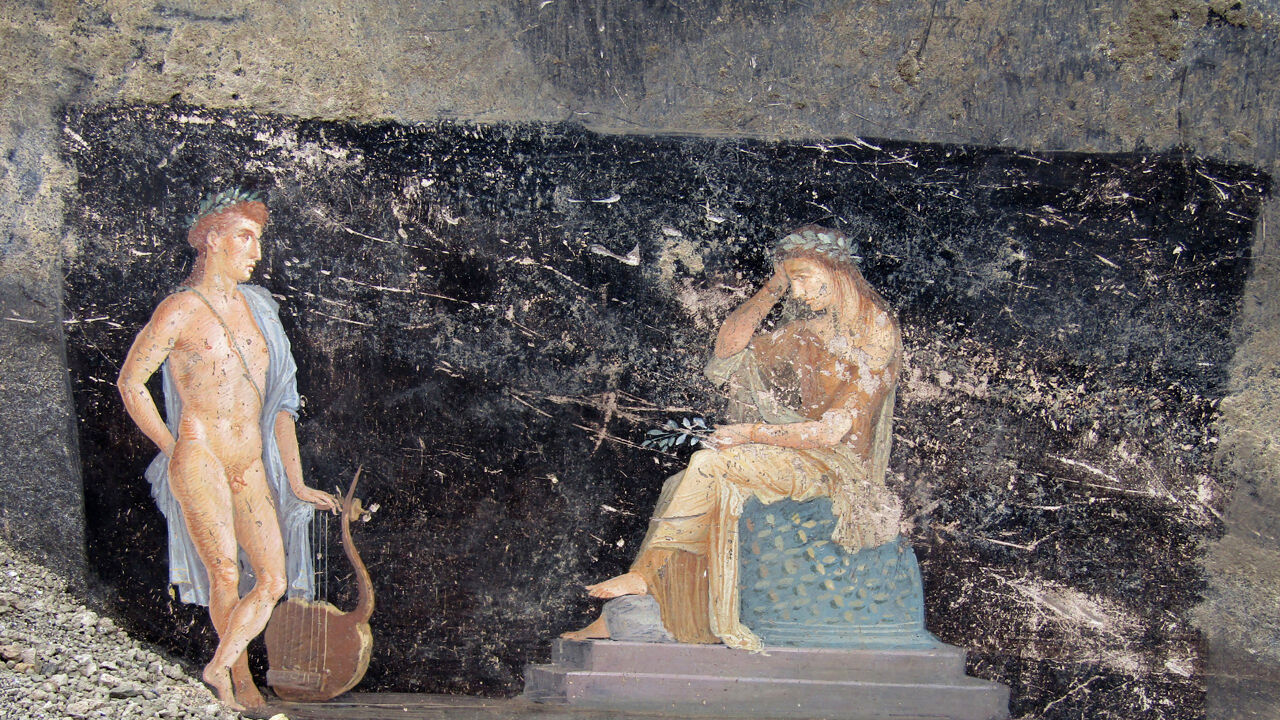

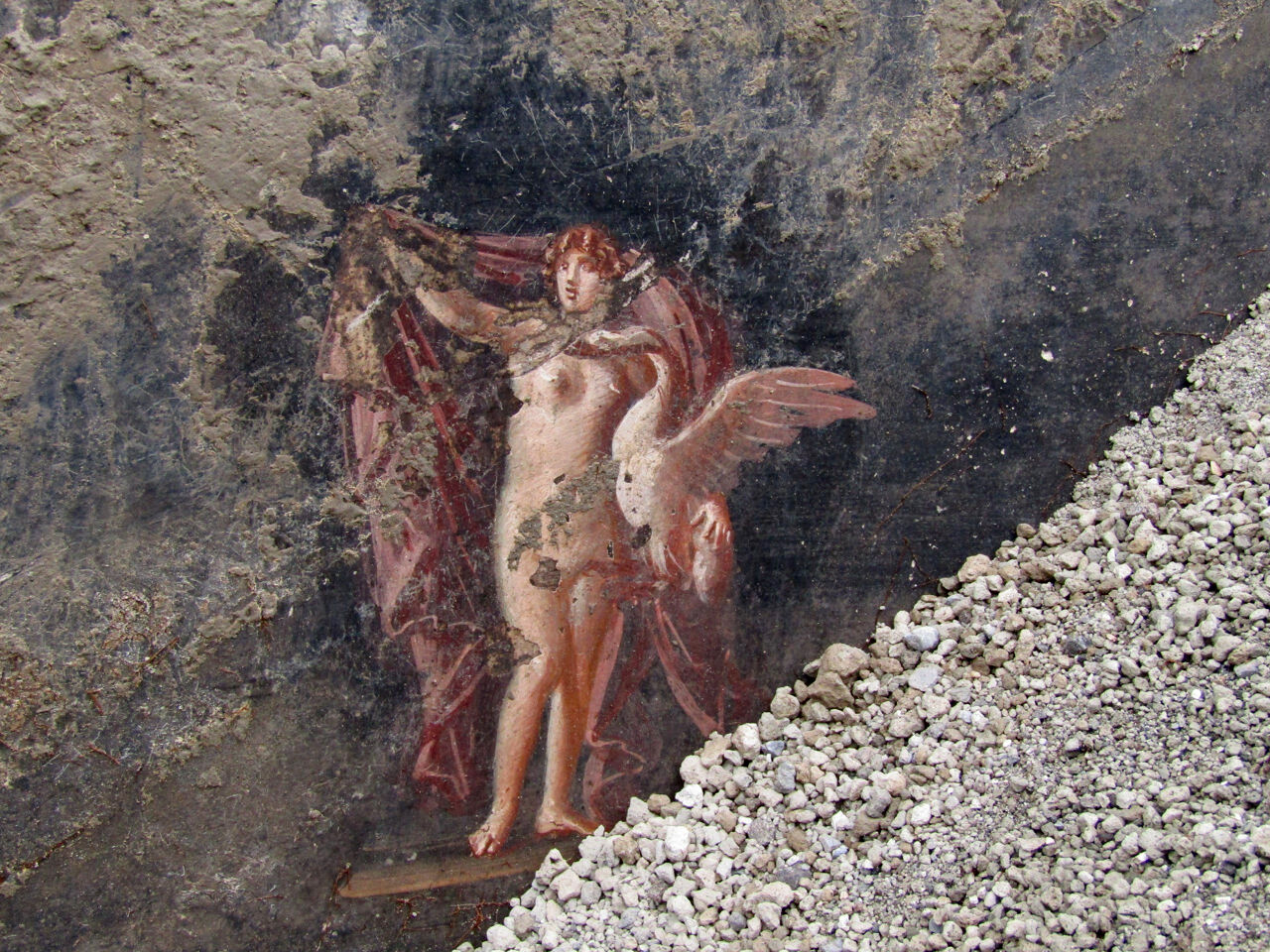
More Stories
France’s left-wing bloc puts forward a candidate for prime minister: this is Lucie Castet
More than 2,500 arrested after massive student protests in Bangladesh
EU criticizes Israeli PM for distorting history, court ruling